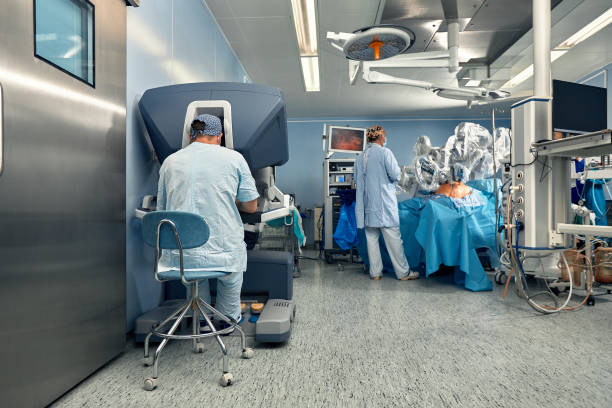Advancements in Non-Invasive Surgery: Benefits and Applications in 2024

Advancements in Non-Invasive Surgery: Benefits and Applications in 2024
Introduction In 2024, the healthcare industry continues to witness significant advancements in non-invasive surgical techniques, which are transforming the way surgeries are performed. These methods, involving minimal bodily intrusion, offer numerous benefits over traditional surgical approaches, including reduced recovery times and lower risk of complications.
Exploring Non-Invasive Surgical Techniques Non-invasive surgery includes a range of techniques such as robotic surgery, laser surgery, and externally applied ultrasound systems. These methods allow for precise operations without the need for large incisions, leading to less physical trauma and quicker patient recovery.
Benefits of Non-Invasive Surgery
- Reduced Recovery Time: Patients typically experience faster recovery times due to smaller incisions and less bodily disruption.
- Decreased Risk of Infection: With smaller or no incisions, the risk of post-surgical infections significantly decreases.
- Less Pain and Scarring: Non-invasive procedures often result in less postoperative pain and minimal scarring, enhancing patient satisfaction and outcomes.
- Shorter Hospital Stays: Many non-invasive procedures can be performed on an outpatient basis, reducing the need for prolonged hospital stays.
Applications of Non-Invasive Surgery in Healthcare
- Cardiology: Techniques like transcutaneous coronary intervention (TCI) allow for heart surgeries without opening the chest cavity.
- Oncology: Laser surgery and cryoablation are used to target and destroy tumors without traditional surgery.
- Gynecology: Advanced laparoscopic surgeries are performed for various conditions, offering women less invasive options that reduce hospital stay and recovery time.
Strategies for Implementing Non-Invasive Surgical Techniques
- Training Healthcare Professionals: Ongoing training and certification for surgeons in the use of non-invasive technologies are essential to ensure high standards of care.
- Investing in Technology: Healthcare facilities should consider investing in state-of-the-art equipment and technologies that facilitate non-invasive procedures.
- Patient Education: Informing patients about the benefits and options available for non-invasive surgery can help them make informed decisions about their healthcare.
Challenges to Consider
- High Initial Costs: The cost of new technologies and equipment for non-invasive surgery can be substantial.
- Technology Adoption: Adapting to new surgical technologies requires changes in traditional surgical practices and protocols.
- Insurance and Coverage Issues: Ensuring that these new procedures are covered by insurance policies can be a barrier to widespread adoption.
Conclusion As we continue through 2024, non-invasive surgical techniques are set to revolutionize the medical field, offering safer, quicker, and less painful options for patients. The adoption of these advanced surgical methods represents a significant shift towards more patient-friendly healthcare services.
Call to Action Healthcare institutions should explore the integration of non-invasive surgical technologies into their service offerings. By doing so, they can enhance patient care, reduce recovery times, and stay at the forefront of medical technology.



